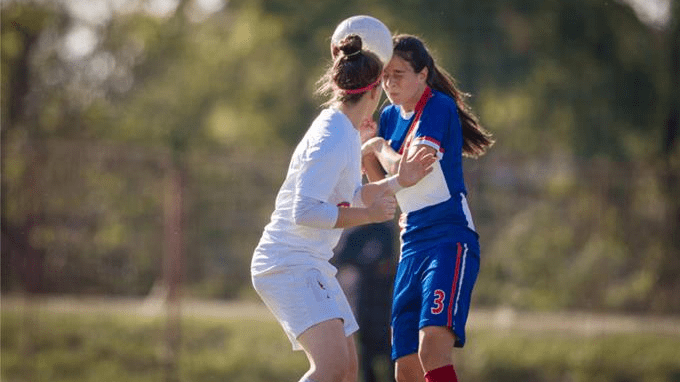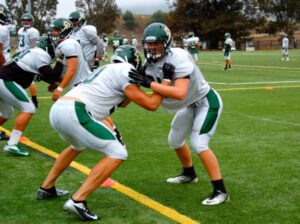To Young Athletes:
Many of you have probably heard of the effects a concussion has on you, but it needs to be understood that a concussion is not a small injury. It’s not something you can “rub dirt on” and return to the game. These injuries are serious and affect your mental capacity. Your brain is so important that each concussion seriously hampers your abilities in the future.
Is this meant as a scare tactic to not participate in sports? Absolutely not. Sports have shown tremendous positive impacts on athletes for their future. Ranging from excelling academically to experiencing success in a team setting, sports have been proven to be a positive influence to growth as an individual.
This letter is meant to make young athletes aware of the seriousness of concussions, and if they were to experience this injury, understand the proper steps to return to the game after recovery. Awareness — knowing what a concussion is or feels like — allows the athlete to be honest with themselves and their team about a possible injury. The sooner a concussion is diagnosed, the sooner the athlete can begin recovery and limit the long-term effects.
If you, the athlete, are ever diagnosed with a concussion, then you must take care of yourself and recover. This is not an injury that once the pain recedes you can immediately return to play. When an athlete is diagnosed with a concussion, they must take their time progressing through return to play protocol.
Perhaps even more important, during recovery athletes must limit their time on electronics. This gives their brain time to rest and is the most necessary ingredient to recovery.
While U.S. Soccer has done a wonderful job recently altering rules so that younger athletes can’t head the ball reducing unnecessary contact to the head, athletes still find themselves later in their careers without proper heading technique. Athletes must meet the ball with their head instead of letting the ball hit their head for a proper header. This lessens the force of the ball on the head, limiting the chances of concussion. Aside from this, athletes must learn how to play smart during the course of a game or practice. A reckless tackle, an attempt for a header from two players, a flailing arm on a corner all present opportunities for a concussion. However, with learning the game and being coached well, a player can significantly decrease these chances.
Concussions will always be present in soccer, much like they will always be in all sports. However, through understanding the symptoms and possible scenarios where a concussion may occur, an athlete can limit long-term side effects and help keep the brain protected.
How useful was this post?
Click on a star to rate it!
Average rating 5 / 5. Vote count: 1
No votes so far! Be the first to rate this post.



